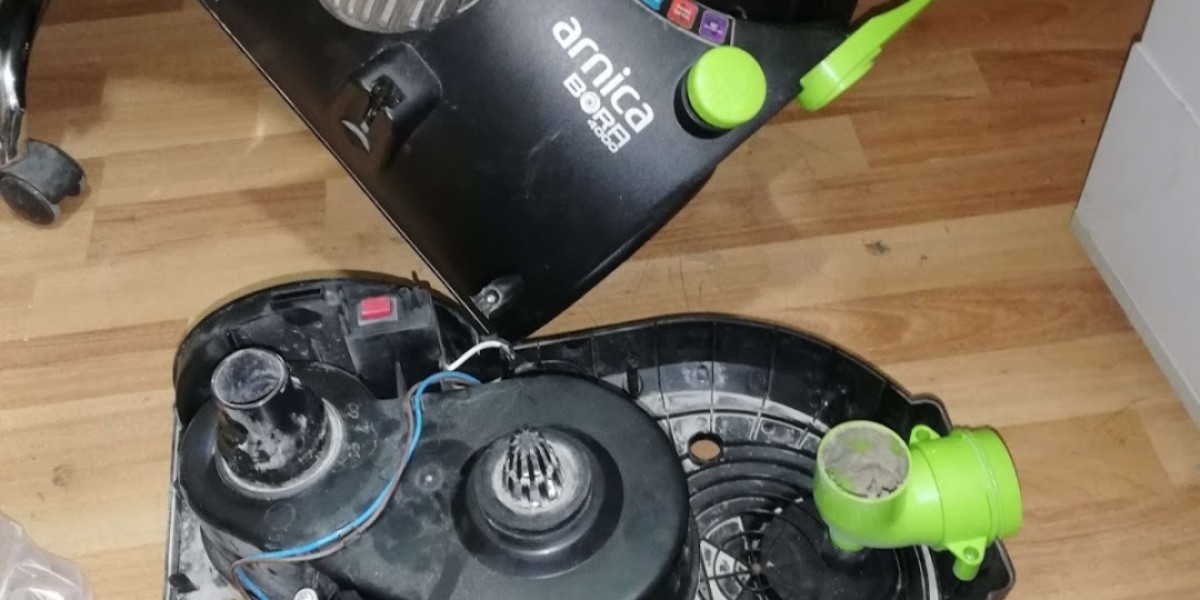When it comes to powering our homes, offices, factories, or large-scale infrastructures, choosing the right power cable is more than just picking a wire. It’s about ensuring safety, energy efficiency, and long-term reliability. Whether you’re an electrical engineer, a contractor, or a curious homeowner, understanding how power cables work and how to select them can save you time, money, and potential hazards.
⚡ What Is a Power Cable?
A power cable is an assembly of conductors (typically copper or aluminum) covered with insulation and protective layers designed to transmit electrical energy from a source to an appliance, equipment, or grid system. They come in various types, sizes, and specifications depending on voltage level, environmental conditions, and installation requirements.
? Why Choosing the Right Power Cable Matters
Selecting the correct power cable is critical because:
Safety: Undersized or poor-quality cables can overheat, causing fires or electrical failures.
Performance: Proper cables reduce energy loss and maintain voltage levels.
Compliance: Local and international standards require adherence to cable specifications.
Longevity: Quality cables resist wear, moisture, corrosion, and mechanical stress.
? Types of Power Cables: Comparison Table
| Type of Power Cable | Voltage Level | Common Use | Key Features |
|---|---|---|---|
| Low Voltage (LV) | Up to 1 kV | Residential wiring, small appliances | Flexible, easy to install |
| Medium Voltage (MV) | 1 kV – 33 kV | Industrial facilities, substations | Enhanced insulation, robust shielding |
| High Voltage (HV) | Above 33 kV | Power transmission, grid systems | Heavily insulated, specialized installation |
| Armoured Cable | Varies | Underground or harsh environments | Metal sheath for extra protection |
| Flexible Cable | Low Voltage | Appliances, portable equipment | Highly bendable, heat resistant |
?️ Key Factors to Consider When Selecting a Power Cable
When choosing a power cable, professionals assess multiple factors to ensure efficiency and safety:
✅ 1. Current Carrying Capacity
The cable must handle the maximum expected load without overheating. Refer to standard ampacity charts based on conductor material, insulation type, and installation conditions.
✅ 2. Voltage Drop
Long cable runs can cause voltage drop, reducing the efficiency of equipment. Use proper sizing to keep voltage drop within acceptable limits (typically under 3%).
✅ 3. Environmental Conditions
Is the cable exposed to sunlight, moisture, chemicals, or physical impact? Outdoor or underground cables may need extra protection like armoring or UV-resistant jackets.
✅ 4. Compliance with Standards
Cables should meet national and international standards such as IEC, BS, NEC, or local building codes.
✅ 5. Installation Method
Will the cable be installed underground, in conduits, overhead, or in ducts? Each method influences the cable type and construction.
? Benefits of Investing in High-Quality Power Cables
Many buyers try to cut costs by using cheaper alternatives, but quality power cables bring significant advantages:
Reduced Maintenance: Longer lifespan and fewer repairs.
Energy Efficiency: Lower resistive losses.
Enhanced Safety: Minimized risk of short circuits, fires, and system failures.
Better ROI: Savings on energy bills and replacement costs over time.
? Common Applications of Power Cables
Power cables are integral to countless systems across industries:
Residential Wiring: Lighting, outlets, appliances.
Commercial Buildings: HVAC systems, elevators, server rooms.
Industrial Plants: Heavy machinery, generators, switchgear.
Renewable Energy: Wind and solar farm connections.
Infrastructure Projects: Power distribution grids, substations.
? Power Cable FAQs
Q1: What’s the difference between single-core and multi-core power cables?
A: Single-core cables have one conductor, ideal for high-current applications like transmission lines. Multi-core cables contain multiple conductors, perfect for complex control systems or where space-saving is needed.
Q2: Can I use indoor power cables outdoors?
A: Generally, no. Outdoor cables need UV-resistant jackets and weatherproofing. Always choose cables rated for environmental exposure.
Q3: How do I calculate the right cable size?
A: Use standardized ampacity charts or online calculators. You’ll need to know load current, installation type, cable length, and acceptable voltage drop.
Q4: What happens if I use an undersized cable?
A: The cable may overheat, leading to insulation failure, short circuits, or fires. It can also cause poor performance of connected devices.
Q5: Why is copper preferred over aluminum?
A: Copper has higher conductivity, better flexibility, and greater resistance to corrosion, though aluminum is lighter and more cost-effective for certain applications.
? Best Practices for Power Cable Installation
Plan Routing Carefully: Avoid sharp bends and potential sources of mechanical damage.
Use Correct Accessories: Proper connectors, glands, and supports maintain cable integrity.
Label Clearly: Identification reduces confusion during maintenance.
Regular Inspections: Scheduled checks detect wear or potential hazards early.
Qualified Installation: Always hire certified electricians for high-voltage or complex systems.
? Troubleshooting Common Power Cable Issues
| Issue | Possible Cause | Solution |
|---|---|---|
| Overheating | Undersized cable, overloading | Upgrade to appropriate size, balance loads |
| Insulation Damage | Physical stress, rodents, moisture | Replace damaged sections, protect cables properly |
| High Voltage Drop | Long runs, undersized cable | Use larger conductors or install boosters |
| Interference/Noise | Poor shielding, proximity to signal cables | Use screened cables or separate pathways |
? How to Keep Up with Evolving Power Cable Technology
Innovation in the power cable industry continues to grow, with advancements like:
Smart Cables: Integrated sensors for real-time monitoring.
Eco-friendly Insulation: Halogen-free and recyclable materials.
High-Temperature Ratings: For renewable and demanding industrial environments.
Fire-Resistant Designs: Enhanced safety in residential and commercial structures.
Professionals stay updated by attending trade shows, webinars, and training programs offered by reputable cable manufacturers and industry associations.
? Final Expert Tips for Selecting the Right Power Cable
Always consult load charts and standards.
Choose reputable manufacturers with proven certifications.
Prioritize safety features like flame retardancy.
Don’t cut corners on installation; poor handling can ruin even the best cables.
Keep detailed records for future upgrades and maintenance.







